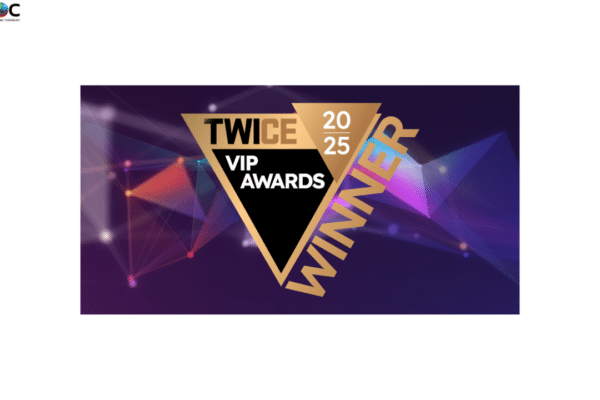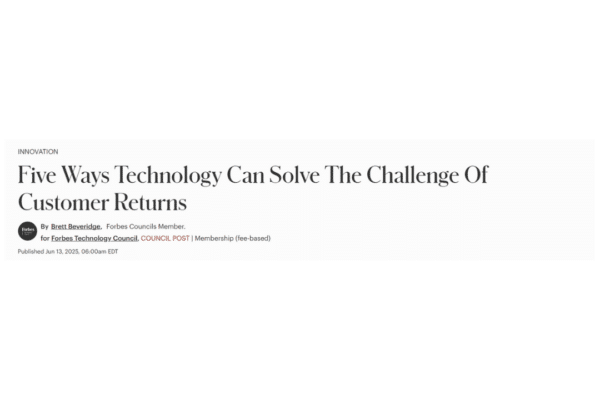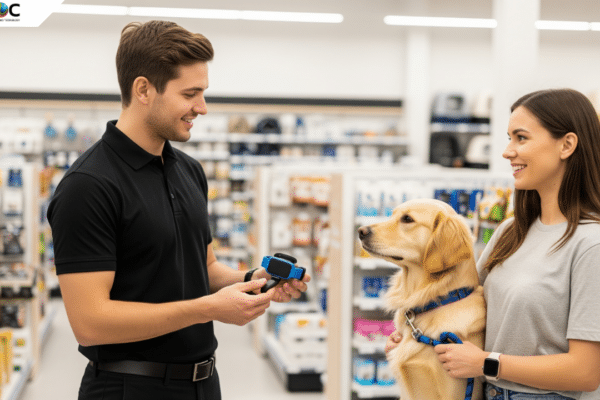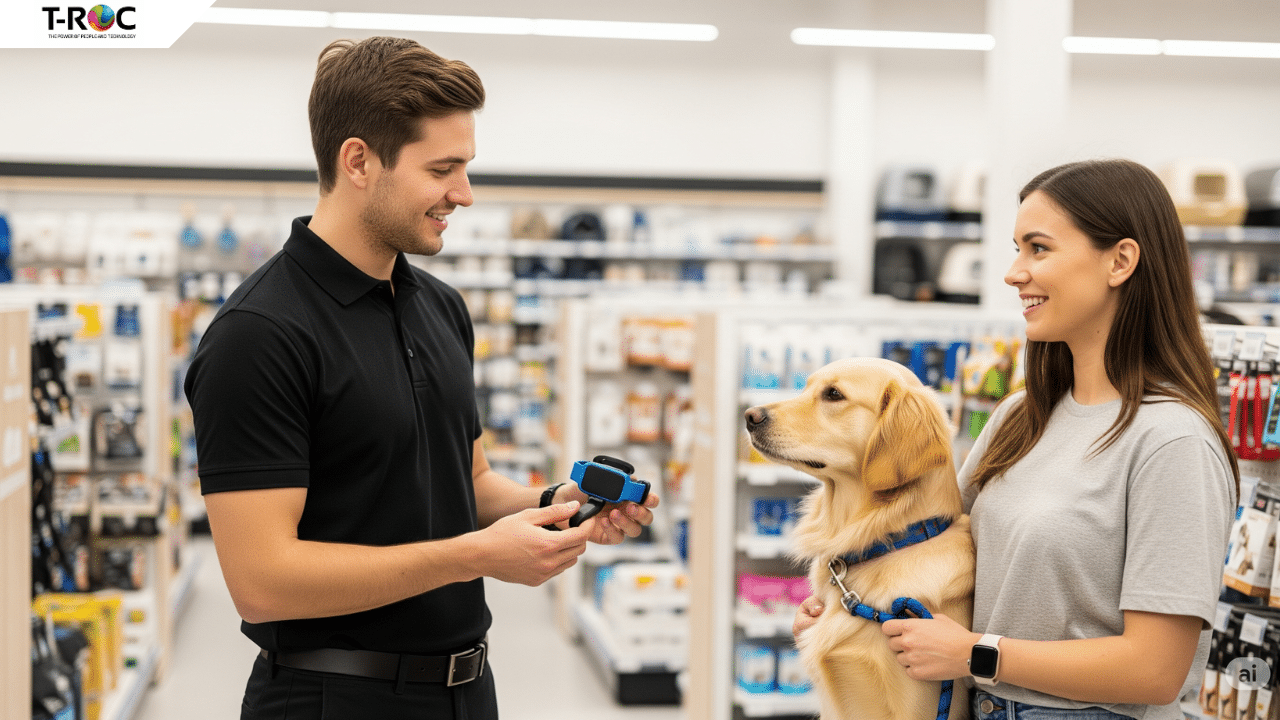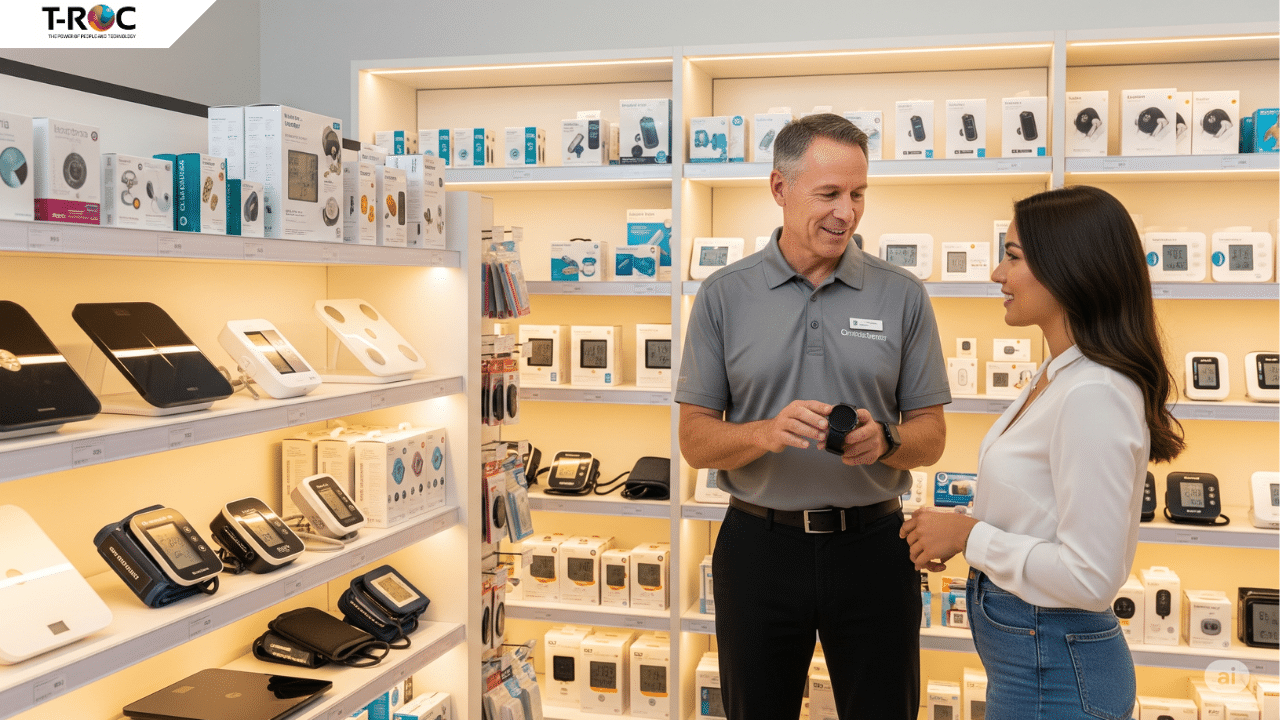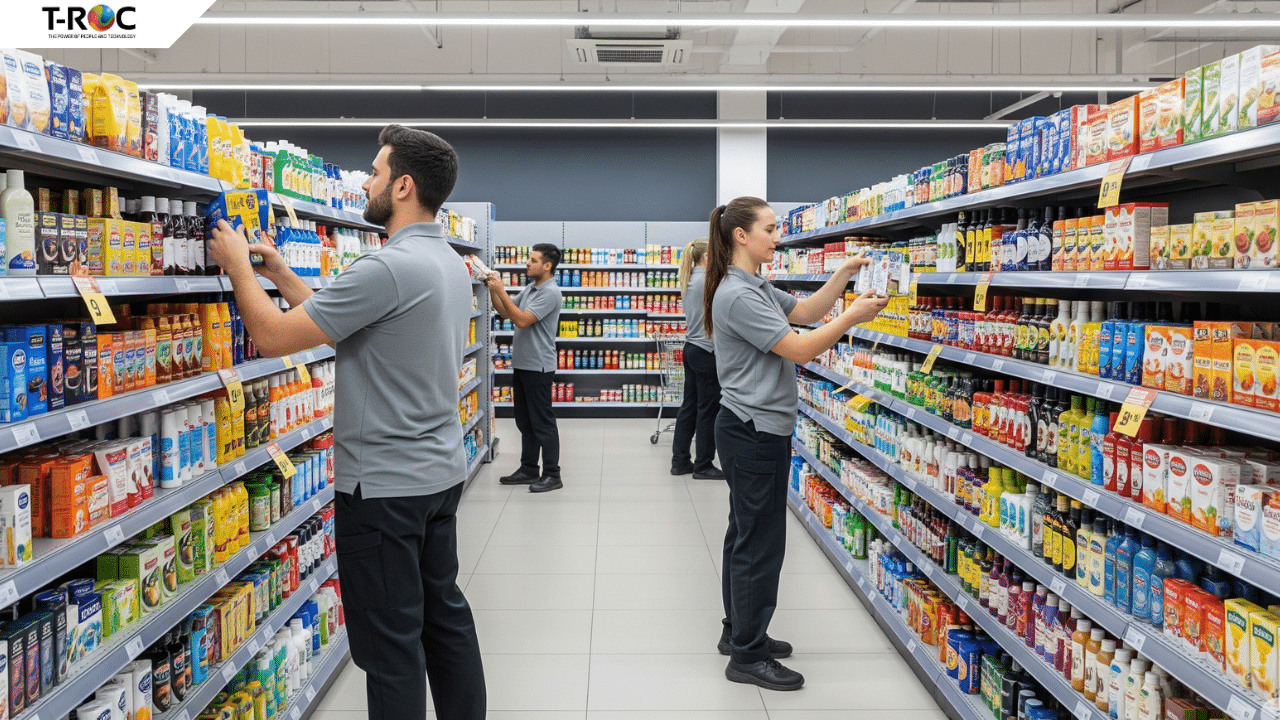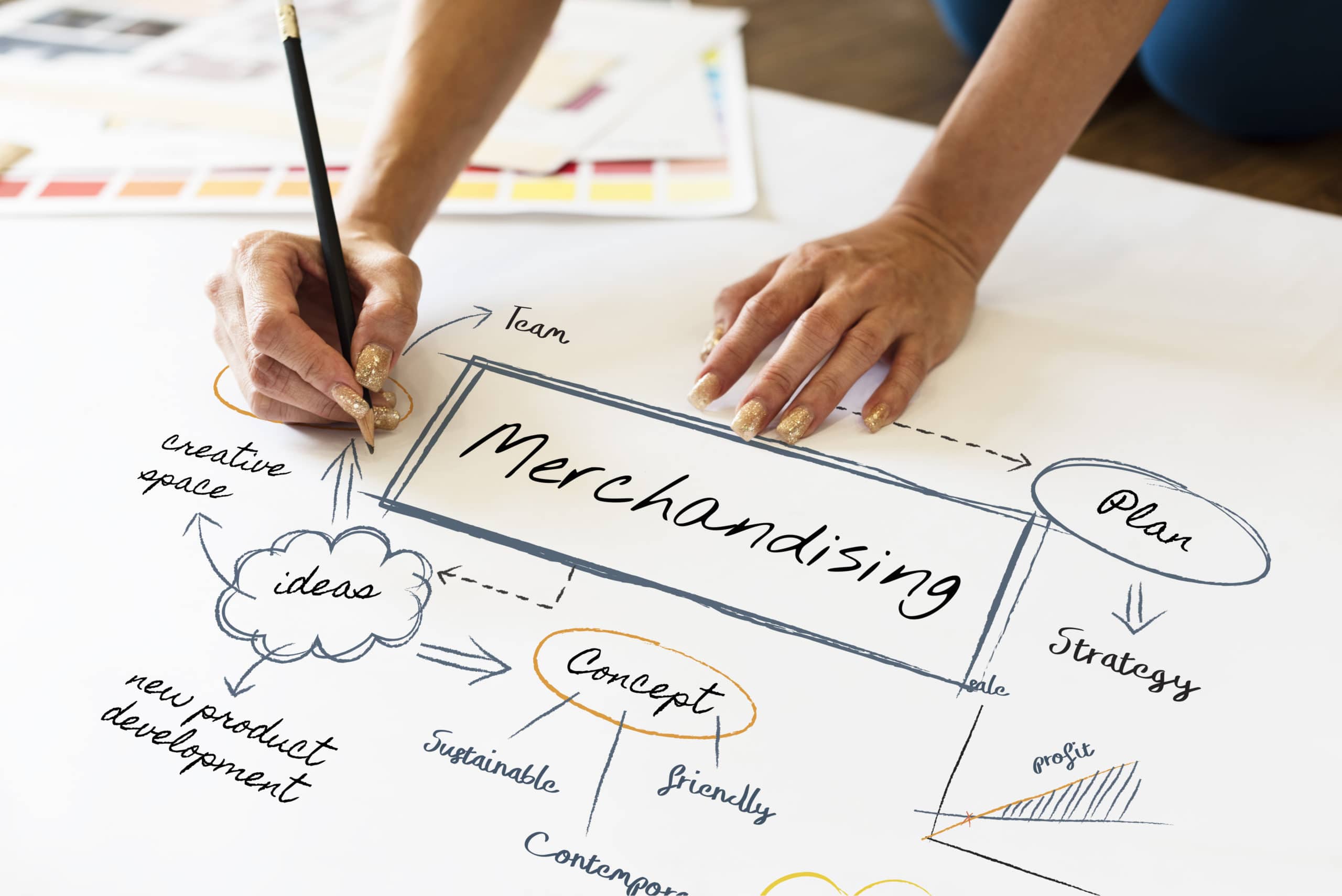
A Basic Guide To The Principle Of Retail Merchandising Planning
Whether you’re a top brand or running retail stores, the key to generating revenue and growing your business is giving customers what they want, when they want it, how they want it. Seems pretty obvious, right? However, finding that precious balance between what’s right for your customers and what’s right for your bottom line is a lot more complicated than just figuring out what products are going to sell.
The process is called retail merchandising and planning for it is one of the greatest challenges brands and retailer face – and it’s one that’s only gotten more difficult with the emergence of online sales channels, social commerce and new retail technologies all leading to an omnichannel retail universe.
What Is Retail Merchandising Planning?
Retail merchandising refers to the method by which brands and retailers select, purchase, price and display products in a way that will deliver them a maximum return on investment, while satisfying consumer demand by making this merchandise readily available to customers in the right places at the right times at the right prices and in the right quantities.
In simpler terms, retail merchandising planning seeks to find the most mutually beneficial relationship between seller and buyer. From the retailer’s perspective, it optimizes operations, inventory management and profit margins. From the consumer’s perspective, it ensures they’re never left wanting, can always find the products they want, and are satisfied with their purchases time and time again.
Why is retail merchandising so important?
For starters, effectively managing merchandise is one of the largest and most critical expenses a brand and retailer faces. Think about it, when you talk merchandising costs you have to include far more than what you pay to manufacture or purchase products. There is also a long list of connected responsibilities and costs, such as shipping and delivery, warehousing and storage, marketing and advertising, and plenty of others. So, if you don’t get merchandising right, you’ve just wasted a lot of excess cost in all of these other areas.
Additionally, if you get merchandising wrong, you’re sure to find your entire supply and demand equation out of whack. Suddenly, shelves are full of products that aren’t moving because they’re not the products customers want, and you’re now forced to desperately unload them through excessive discounting, which further cannibalizes your profits. By the way, do you think your customers are going to be pleased with those poor merchandising decisions? Nope. Chances are they will go elsewhere to find the items you’re not able to provide them because you didn’t properly plan for it.
Are you happy with your merchandising planning? Interested in learning about new strategies and technologies that can give you greater visibility into your business and inform more effective merchandising and operational decisions? Talk to the experts at The Revenue Optimization Companies (T-ROC).
5 key considerations for effective retail merchandising
Let’s break things down further by listing five core components of solid merchandising planning.
1. Merchandise Selection
What product or products are you offering consumers? This is the most important aspect of retail merchandising. Your store shelves must include products that customers need or desire, and these products must be offered at the right time and the right price. Here are a few things you’ll likely need to consider when selecting merchandise:
– Are you selling seasonal products that present unique inventory and distribution challenges at given times of year, such as Thanksgiving, Halloween and Valentine’s Day?
– Are you selling staple products – food, clothing, housewares – that are integral parts of daily life. If so, how do you stack up against competitors in terms of quality, image and pricing? Why should a consumer choose your brand or products over others?
– Are your products subject to trends, such as fashion and music, that require you to predict demand and adjust inventory to meet a very limited period of high-volume sales?
2. Merchandise Range
Think of this as the depth of your merchandise selection. For example, are you a brand selling a very specific collection of products that might be available in different colors, sizes and prices, but tend to fall in the same category. Or are you a retailer selling in a wide range of product categories and, therefore, have to carefully limit the number of customer choices in each one? Whether your product range is narrow or broad has a tremendous impact on how you will approach merchandising planning.
3. Merchandise Assortment
This is big for retailers such as department stores that arrange products in various areas – food, cosmetics, menswear, automotive, sporting goods, etc. If you’re a brand, how do you get your products on the shelves. If you’re a retailer, how do you make sure the right SKUs are on every rack, shelf and display? You not only need to make sure you have the right product mix in each department, you need to optimize space, highlight those top sellers, and make it easy for customers to navigate the space.
4. Pricing
What’s the pricing strategy? Are you selling premium products in the hopes of achieving high margins or is your merchandise priced lower to build volume sales? Again, it’s important to find that delicate balance. What exactly are consumers willing to pay for the products you are offering. Also, does your strategy leave room for occasional discounts and sale pricing that will still leave you with adequate profit? The goal is to meet demand and move inventory in the most efficient and profitable manner possible.
5. Store Environment & Displays
This is the front line of merchandising planning which is, essentially, how customers experience your venues and products. How do items appear on store shelves? Are there unique displays highlighting certain products? Have you created in-store experiences that engage customers and draw them to your products? Have you highlighted top sellers, so they’re easily found by customers? Is your website optimized for convenient online shopping? When done right, merchandising planning makes it fast, easy and enjoyable for customers to shop your stores and sales channels.
The Role of Data in Merchandising Planning
Effective merchandising planning means making informed decisions in all the key areas of sales – product, pricing, placement and more. So how to you forecast what is going to work best for you and your customers? The answer is making sure you have a robust data capture and analysis program in place. Data is king in retail and it’s being used to drive better decisions across retail operations, including merchandising. Here are a few key things data can tell you that will lead to more confident and effective merchandising planning.
Sales data
Looking at how specific products and stores performed in the past can help you identify sales patterns and trends to prepare for future success.
Market data
What does the current climate look like for your product category or categories? Are your consumers spending right now or not? Having a solid grasp of the market can help you adjust your strategy to capitalize on opportunities as the arise and avoid unnecessary spending when opportunities wane.
Competitive data
It’s always important to know what the competition is doing in terms of pricing, branding, product placement, online sales and more. Is there a new way to market your products that the competition hasn’t explored? Is there a new product you can bring to market, or perhaps a product improvement you can make to give your company a new competitive advantage? Data can provide detailed insight into these questions and big leg up on the competition.
Consumer data
Customer behaviors are forever evolving, and a major part of merchandising planning is making sure you’re top-of-mind as it happens. Consumer data can tell you what customers are shopping for; identify store traffic patterns; show you whether customers prefer shopping in stores or online; provide insight into how customers perceive your brand and products; and a lot more. Gathering this intelligence can help you make more insightful merchandising decisions.
Capturing Retail & Merchandising Data
The digital age of retail has revolutionized the way sales and service is planned, implemented and measured. In fact, brands and retailers who fail to stay at the cusp of new retail software and solutions are sure to be left in the proverbial dust when it comes to merchandising planning, customer service and, ultimately, revenue optimization.
“We work with a lot of Fortune 100 brands and retailers who certainly understand the importance of data-driven solutions,” says Eddie Maza, Vice President of Marketing at The Revenue Optimization Companies (T-ROC).
“However, they also realize they don’t necessarily have the bandwidth to go it alone. Our digital solutions provide clients the intel they need to make better decisions. From field software that details product and store performance in real time, to RFID solutions that make on-hand inventory something that can be done in minutes, to solutions like VIBA, the world’s first Virtual Interactive Brand Ambassador that uses virtual reality to engage customers in stores, online, even walking down the street. We’re seeing technology drive merchandising, marketing, engagement, you name it,” adds Maza.
Takeaways
There are a lot of components to retail merchandising planning. It’s a dynamic discipline and the methods of going about it vary as greatly as the companies out there doing it. However, retail merchandising planning ultimately comes down to a simple relationship between a company and its customer. How do both win? How does a brand or retailer maximize revenue while the customer enjoys the best possible shopping experience and optimal purchase satisfaction. This is the balance retail merchandising consultants seek to strike, and when successfully achieved it is the fuel of success.
If you’re a brand or retailer interested in learning more about retail management and operations – from merchandising planning to how the latest advancements in retail technology can drive performance across your operations – explore the services of The Revenue Optimization Companies (T-TOC), a leading provider of people and technology solutions to Fortune 100 companies. Learn more at www.trocglobal.com.
If you found this post interesting and insightful, we invite you to explore additional posts covering all things retail at https://trocglobal.com/company/#blog.
TROC is the leading provider of premier staffing outsource, software, managed technology services, and consumer insights for the top global brands, retailers, manufacturers, service providers, and distributors. The company’s distinctive solutions address the entire lifecycle of brick and mortar brand and retail operations by combining retail expertise, best practices, and technology to help its customers achieve sales and operational excellence as well as a sustainable competitive advantage. As a Retail 4.0 thought leader, T-ROC enables companies with high-value products in the physical world to thrive through the digitalization of the physical shopping experience. To learn more about T-ROC, visit www.trocglobal.com.

